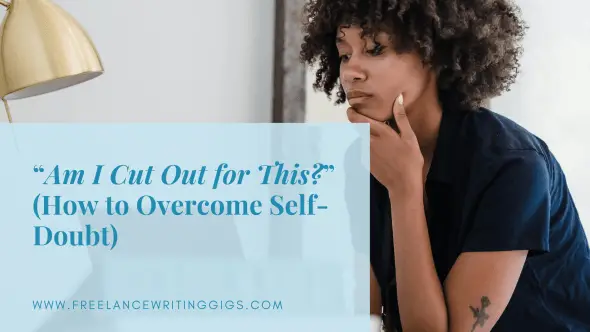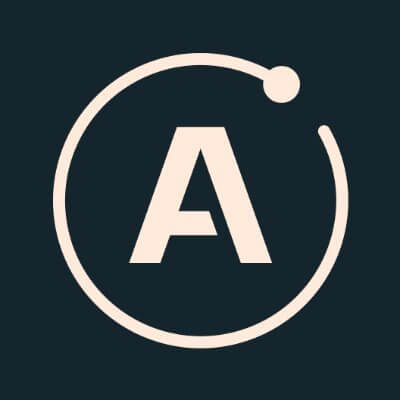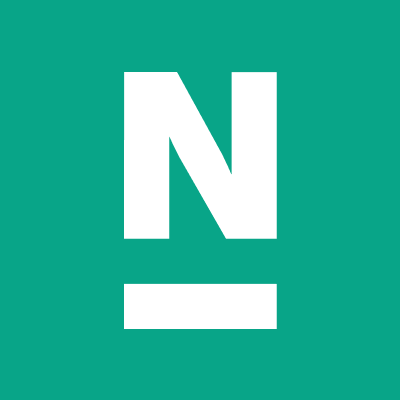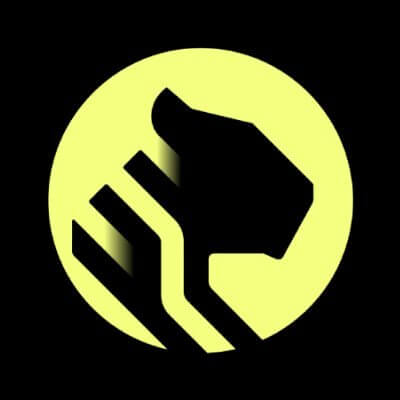“What might this look like if it were easy?” — A Conversation at Harvard Business School
Harvard Business School (HBS) reached out last year to create a case study on my entrepreneurial journey. It culminated in participating in two classes at HBS in Professor Reza Satchu’s “Founder Mindset” course. Following one of the classes, Professor Satchu and I continued the conversation at an Entrepreneurship Club event, “Lessons on Life & Business with Tim Ferriss.” The conversation was printed in HBS's The Harbus publication and is shared here with permission. The post “What might this look like if it were easy?” — A Conversation at Harvard Business School appeared first on The Blog of Author Tim Ferriss.

Harvard Business School (HBS) reached out last year to create a case study on my entrepreneurial journey, which tracks me from childhood to the current day. The case study, titled “Tim Ferriss: What Might This Look Like If It Were Easy?” is roughly 40 pages, and you can buy it for $11.95 here. I don’t earn a penny. The whole experience culminated in two classes at HBS in Professor Satchu’s “Founder Mindset” course.
Following one of the classes, student Jay Bhandari interviewed me for the “Between Two Classes” series at The Harbus, a publication by Harvard Business School students, who kindly gave permission to share it with you here.
I hope you find something below useful.

In a Q&A with your fans, you talked about the value of identity diversification. This approach is antithetical to advice we often get to commit and focus on a domain. How do you reconcile those two competing philosophies?
I think they complement each other rather than compete. Identity diversification simply means cultivating multiple, independent areas of growth in your life where you can chart progress. This is engineered so that your self-worth isn’t entirely dependent on one thing, such as the regular ups and downs of your own startup. Being overinvested gets a lot of media play and X threads, but there’s a nasty survivorship bias at work. I’ve seen dozens of founders implode because their “startup as self-worth” metrics went sideways for a few months. I prefer an approach with more margin of safety, and it’s entirely compatible with domain mastery. For instance, you could very well spend 40 to 80 hours per week on your startup, but if you supplement that with indoor rock climbing, weight training, chess club, or something else that has its own metrics for growth, even if new regulations or a competitor tank your startup for a short stretch, you can still offset the blow with progress outside of the office. It’s cheap psychological insurance. I think of identity diversification as a huge competitive advantage in games that depend on endurance. At the highest levels, that’s pretty much everything. If Michael Jordan could afford to play copious amounts of golf and poker, you can afford to have side interests.
Is there anything about your life you wish you had focused on sooner? If you could spend time with 28-year-old you, what would you tell him?
To my younger self: meditate twice daily—10 minutes is plenty—and get accelerated TMS as soon as it’s ready for showtime. See my other answers for elaboration. I’d probably also share an embroidered quote I bought at a thrift shop in Marfa, Texas: “Today is the tomorrow you worried about yesterday.”
What do you think young ambitious people are over- and under-indexed on?
I think HBS students are over-indexed on buying the implicit investment banking and management consulting pitch of something like “get broad exposure to industries and then you can pick your lane and do anything!” If you’re non-technical and stay in either of those for more than a few years, the odds of you leaving to start your own startup (outside of finance or consulting) is roughly the same as the likelihood of a five- to 10-year entrepreneur joining investment banking or consulting. In other words, low. I’ve seen this play out 100+ times. Sure, there are some exceptions, but I wouldn’t bet on being one of them unless you’ve committed to an exit plan before you enter those games. And if you want to be an edge case, find and study at least five to 10 edge cases you could emulate before you accept the job. If you can’t find them, that tells you something.

Many in the HBS, Type-A crowd are no stranger to stress, anxiety, and depression. What are tips, mantras, and systems you’ve developed for managing your mental health when you’re actively in a dark place?
To be clear, I’m not a doctor and don’t play one on the internet. The “actively in a dark place” makes this a very dicey question. That said, having spent some time in dark places, especially in college, I’ll share a few things that I’ve seen work. Please do your own homework and speak with your medical professionals.
For acute suicidal ideation, I would call the 988 helpline first and potentially consider a series of ketamine infusions/injections per the protocols suggested by John Krystal, MD, professor of neuroscience at Yale University. Ketamine can be very addictive, and I’ve seen people unravel their lives with it, but in dangerous self-harm circumstances, it can be a life-saving intervention. It effectively pauses the incessant thought loops driving the desperation. For more of my thoughts on suicide, including my description of a close brush in 1999, read tim.blog/suicide.
If we’re talking about general prevention and self-care, I would highly suggest daily cold exposure (e.g., I do 3–5 minutes in a 40–45° F bath daily) and short meditation sessions 2x/daily (e.g., Transcendental Meditation for 20 minutes twice a day or The Way App with Henry Shukman for two 10-minute sessions). I typically meditate immediately upon waking and then again before dinner or bed. This is less than 30 minutes a day. Do your pre-hab, and you’ll need less rehab.
If you have a history of trauma, see tim.blog/trauma for a list of resources that I and designer Debbie Millman have found effective. Trigger warning: it’s not a fun read, but it might be helpful for some. Your mileage may vary.
For treatment-resistant depression, I would consider accelerated TMS (transcranial magnetic stimulation), à la the SAINT protocol co-developed by Dr. Nolan Williams at Stanford University. BrainsWay and MagVenture both make compelling devices with different approaches. I firmly believe TMS and other forms of brain stimulation can have near-immediate and durable effects that rival the effects of psychedelics in outcomes. I say that as someone who’s funded a lot of the science related to psychedelics since 2015 through my non-profit, Saisei Foundation.
Once legal, and assuming you have no family history of schizophrenia, borderline personality disorder, psychosis, etc., I might suggest investigating various psychedelic-assisted therapies for depression (e.g., psilocybin) on a once-annual cadence, but there are more known risks than with brain stimulation like TMS. For instance, and I’ve seen this firsthand, combining ayahuasca and SSRIs increases the risk of serotonin syndrome, which can be life-threatening in severe cases. Regard any of these compounds with the same respect you would treat major neurosurgery. For more education on the science, applications, and possible mechanisms of action, I suggest the research of Dr. Gül Dolen and Dr. Nolan Williams, as well as the Netflix miniseries based on Michael Pollan’s book of the same name, How to Change Your Mind. The MDMA and psilocybin/mushroom episodes are particularly strong.
Last but not least, don’t ignore diet. Read up on “metabolic psychiatry” and Dr. Chris Palmer, Assistant Professor of Psychiatry at Harvard Medical School. Ketosis and other interventions can produce nearly miraculous results for a number of psychiatric conditions, including those that are strongly contraindicated with psychedelics, like schizophrenia.
If you were starting over today in 2025 and were in your late twenties, what would you be doing?
I would be looking for fast-growing industries that are unsexy and under the radar, and I’d aim to join a startup of fewer than 100 people, where I’d be able to watch deal-makers making deals and making decisions. In contrast, if you’re trying to create an AI startup like everyone else, it’s going to be a crabs in a bucket scenario for 99% of the people involved. Sure, you might be the super crab 1%, but I generally prefer less crowded spaces, where you can typically get more regular interaction with the A+ players.
Let’s take luck out of the picture. What skills, habits, mantras, or areas of personal growth would you most attribute your success to?
Playing the long game and not being in a rush. I choose projects and a lot of investments based on the learning, skill development, and relationships that will transcend them. If you allow such things to snowball over time, eventually the critical mass makes success almost inevitable. This might sound hand-wavy, but you can approach it systematically. Go to tim.blog/mba or Google “Tim Ferriss real-world MBA” for some angel-investing examples of how I’ve applied this. This isn’t the only approach I’ve seen work for “success” (dangerous word, that!), but it seems replicable.
If you could put a message on a billboard that reaches HBS students, what would it be?
I would borrow from Dr. BJ Miller, a hospice physician who’s helped thousands of people to navigate death, whose answer was “Don’t believe everything that you think.”
Reprinted with permission from The Harbus News Corporation. All rights reserved.
The post “What might this look like if it were easy?” — A Conversation at Harvard Business School appeared first on The Blog of Author Tim Ferriss.

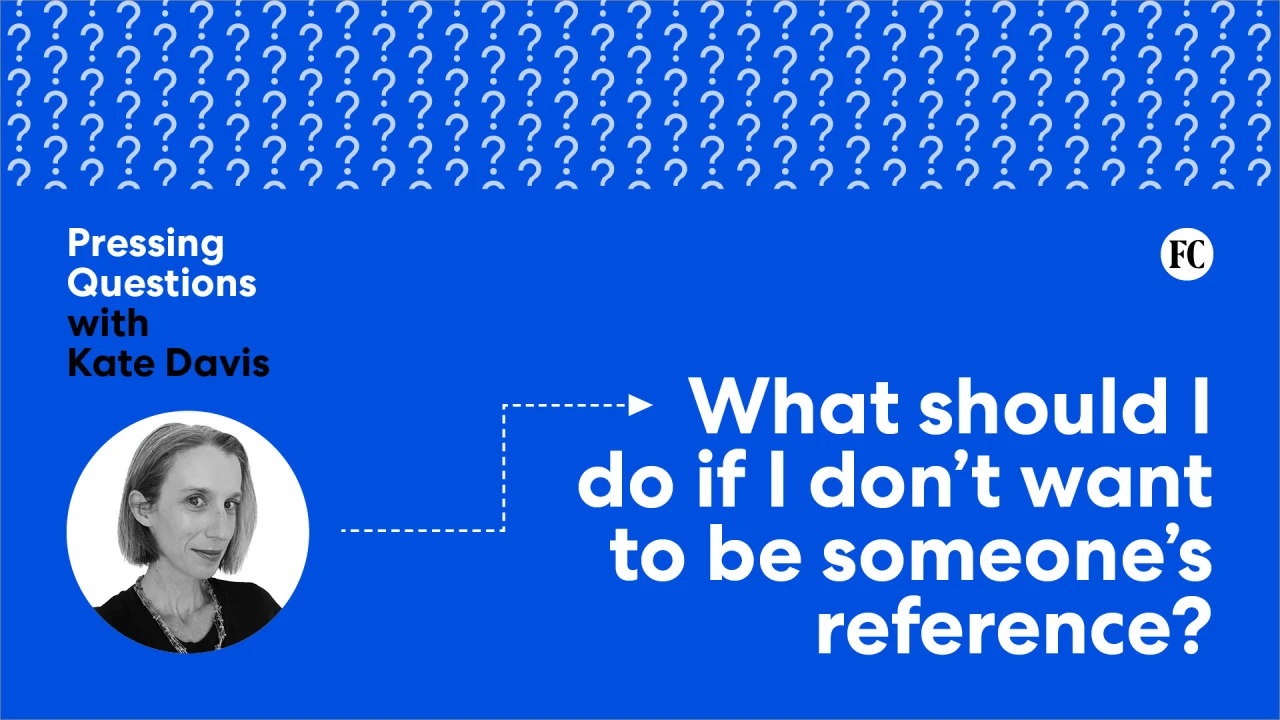



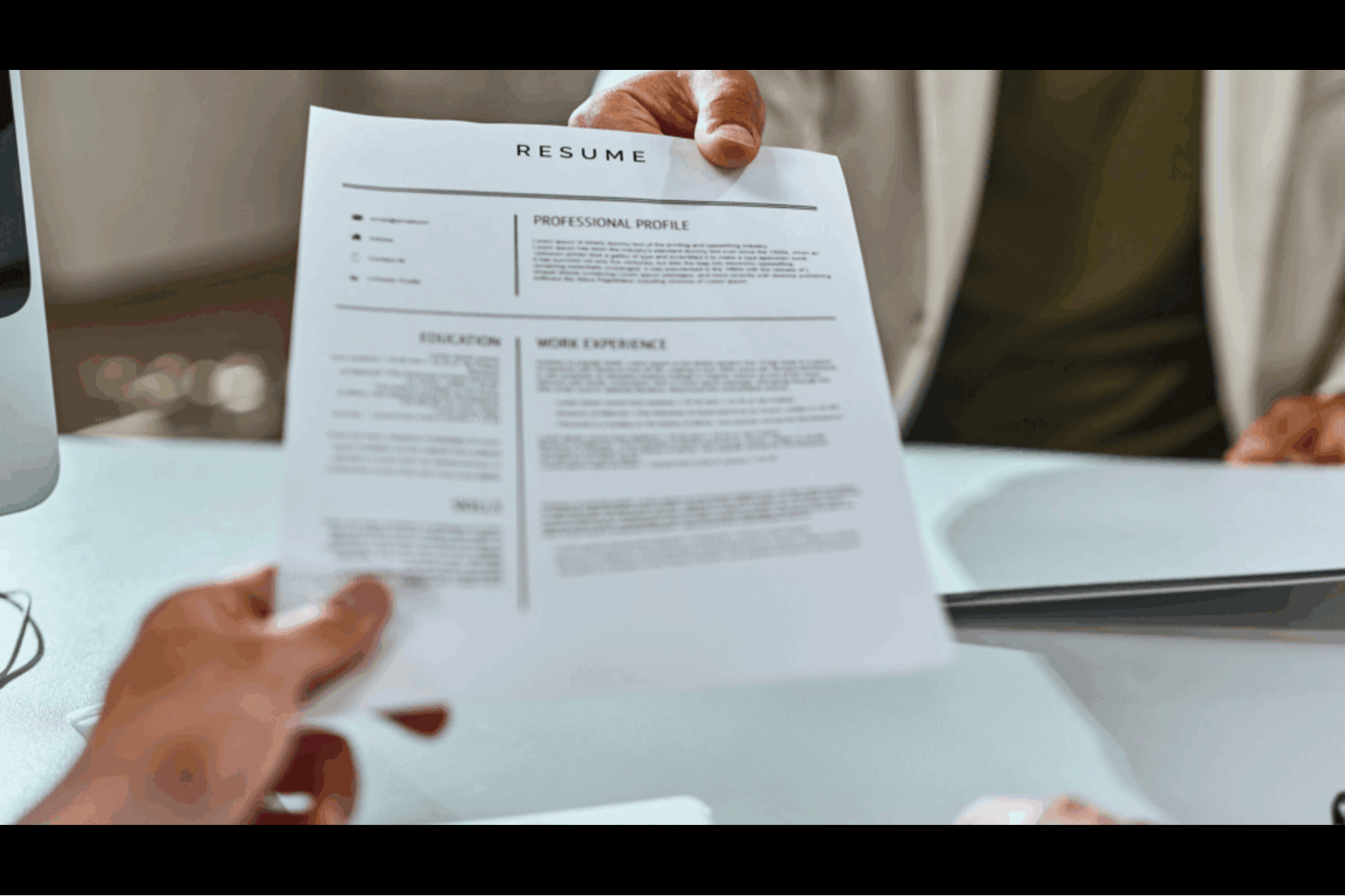




















































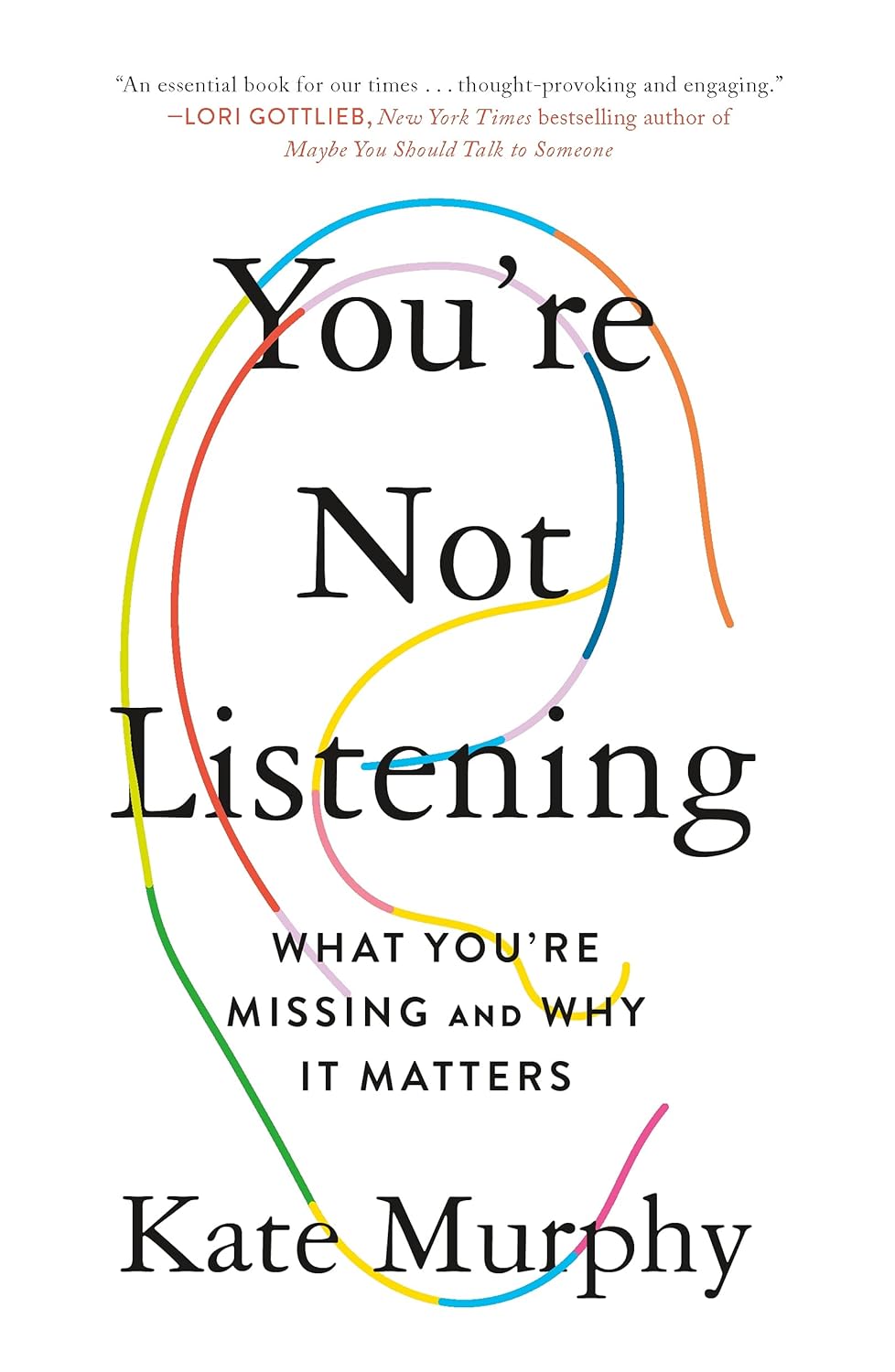




![https //g.co/recover for help [1-866-719-1006]](https://newsquo.com/uploads/images/202506/image_430x256_684949454da3e.jpg)








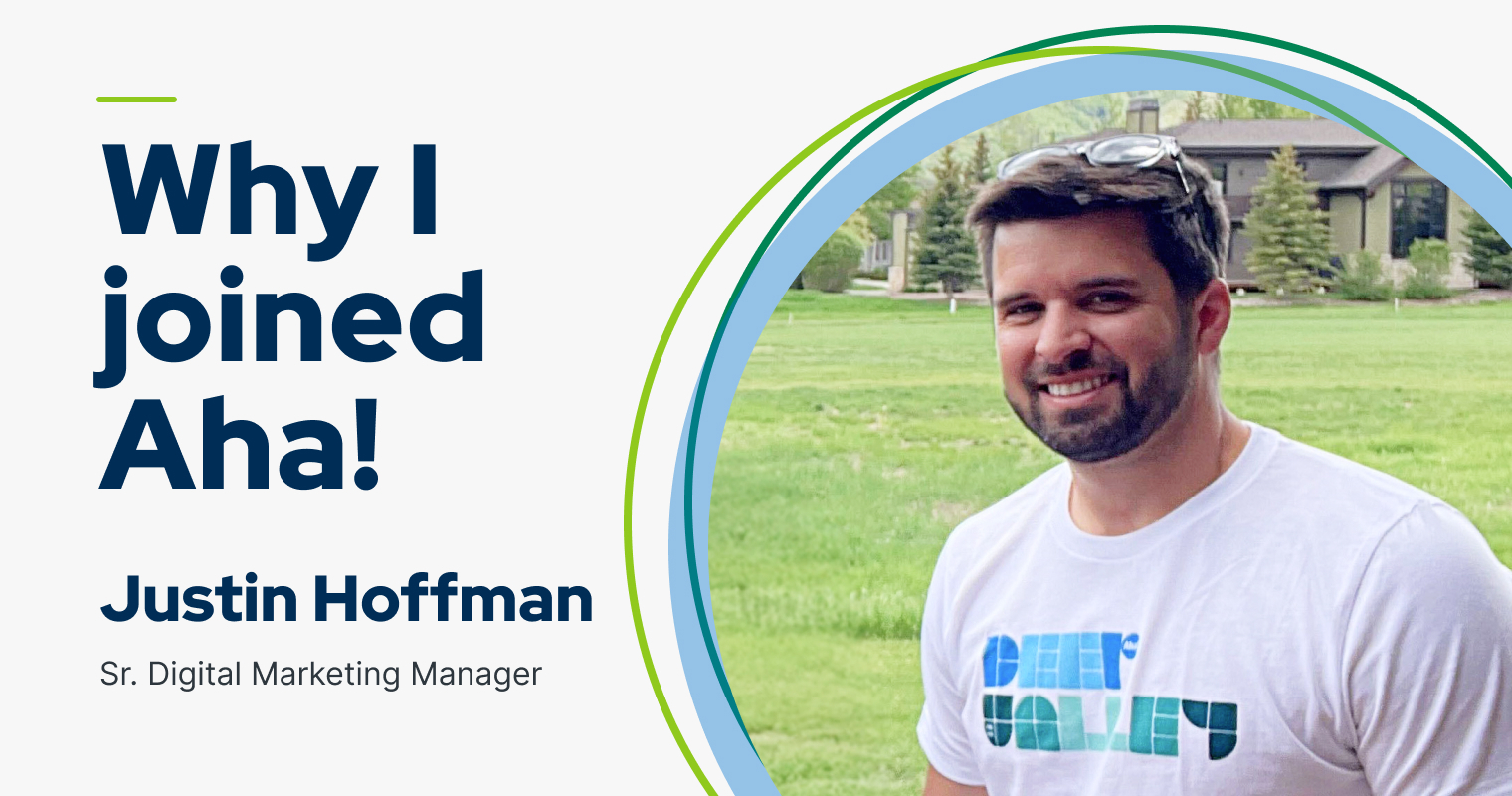








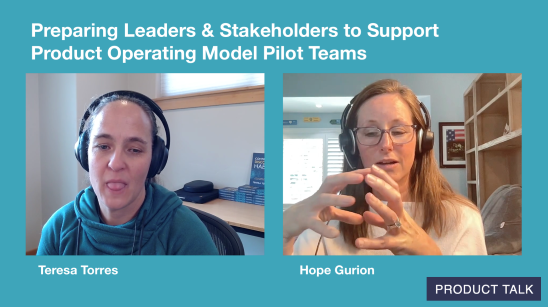







![How Smart PMs Scale Their Careers in Any Org [TPG Live Recap]](https://tpgblog.com/wp-content/uploads/2025/06/2025-06-12-thumbnail-action.png?#)



























